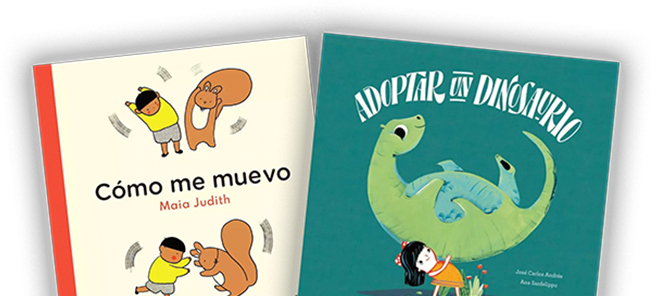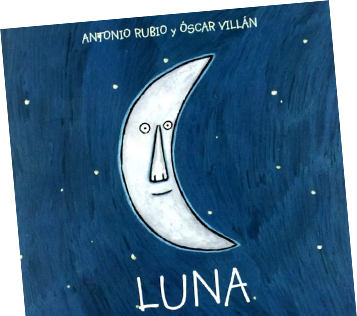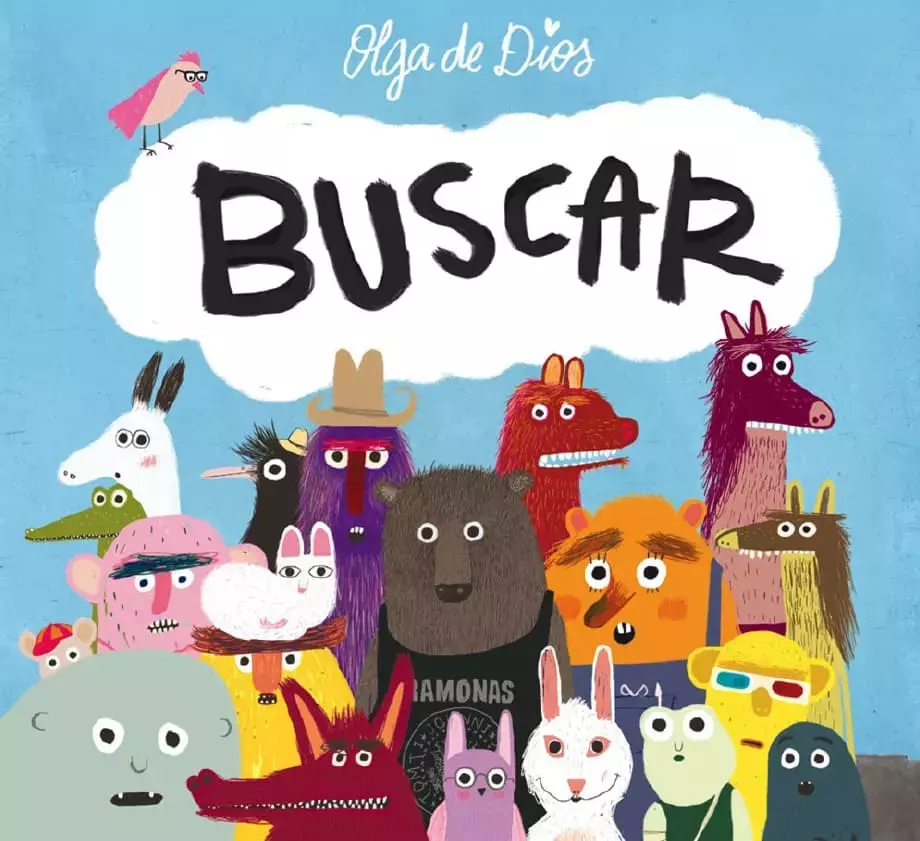
There are some books that really stick with you. For a time, we were really into Oliver Jeffers’ beautifully illustrated books (The Moose Belongs to Me was a favorite!). Then we couldn’t get enough of Julia Donaldson’s motley crew of stick people and Gruffalo’s. And now we are very much on the Olga de Dios parade with Bu from Buscar leading the way.
Buscar is the story of Bu, a hairy, oblong creation/character that is in search of something (we never find out what it is they are looking for) and spends at least half of the book looking at the floor and missing out on everything else. While this might seem like heavy stuff (and a great way to have conversations about the practice of being present) not to worry, soon an unexpected and hilarious accident changes Bu’s perspective - literally.
As a Latine/x homeschooling parent, finding engaging and educational resources to teach Spanish can be a challenge. That’s why I love Sol Book Box! The books are curated, vetted and handpicked from around the globe. And it is through Sol Book Box that I discovered Olga de Dios’ Buscar. Buscar is an all-around favorite for different reasons in our family: my partner, who is monolingual, enjoys it because the repetitive and fairly simple dialogue gives him a chance to practice conversational Spanish; I really enjoy the creative, bizarre illustrations and the very funny punchline which had all of us howling; and my kiddo loves the Where’s Waldo-like picture hunt you can play throughout the book. This colorful and captivating book is perfect for teaching basic conversational Spanish phrases, descriptive vocabulary, counting principles, and literary techniques to young children.
I’d like to walk you through some of the ways we used Buscar not only as text for reading but also how we applied different aspects of the book for further learning.
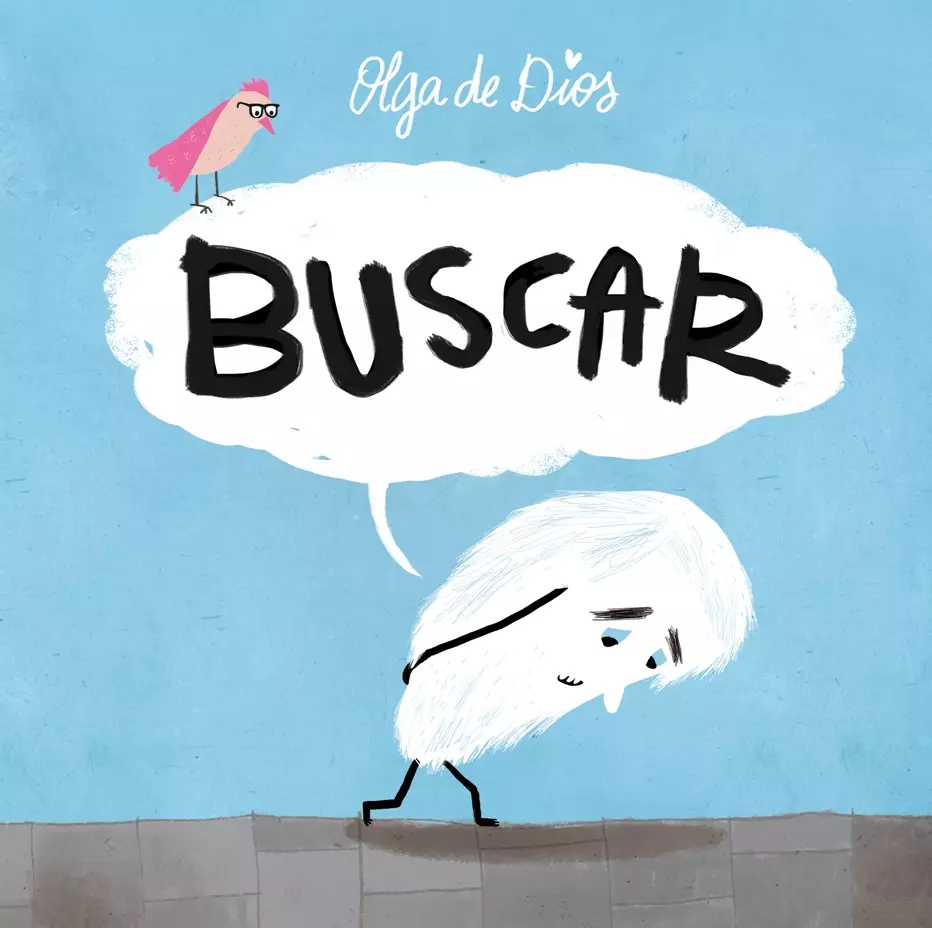
We started by doing a picture walk of the book. A picture walk is a pre-reading strategy that involves using illustrations to preview a text before reading it. In a picture walk, the parent guides the reader through the illustrations of a book, prompting the reader to observe and describe what they see in each image. This strategy is especially useful for emergent readers, who may not have the vocabulary or confidence to read the text on their own yet. It is totally okay to do this in English or Spanglish and then translate as needed as you read the book.
During the picture walk, I pointed out important characters. We also talked about why Bu might be the main character and found ways of supporting why we thought that might be the case. Modeling or thinking out loud is another strategy that really helps readers organize and formulate their thoughts. We also looked at the different characters in the story and based on what they were wearing (for example one of the characters, a rabbit, was wearing a watch) came up with ideas as to why they would need those items. We also discussed how each character passes through the story only to return later (this is especially important for the bird that sits atop the title page). For older readers, you can teach them about foreshadowing. Foreshadowing is a narrative device in which a storyteller gives an advance hint of what is to come later in the story. You can ask questions to pique their curiosity: Hmm, I wonder what this bird is doing here? I wonder why the author decided to include it on the front cover? Do you think we’ll see the bird again? This engages the child’s curiosity and allows for thinking creatively. By asking questions and encouraging discussions you build interest and comprehension for the next reading.
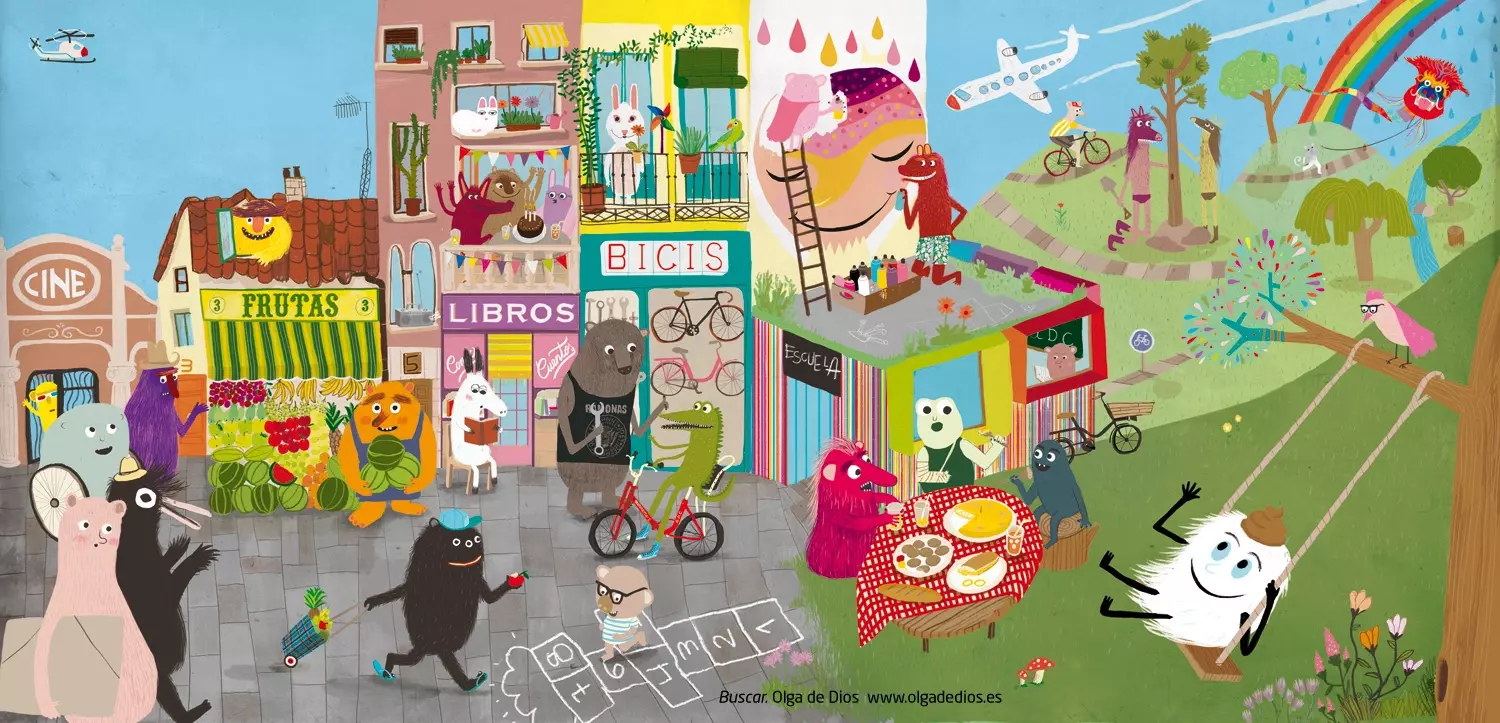
After reading the book, we went through the end pages. We started with the final end pages which had all the names of the characters in the book. We practiced saying their names and then went looking for them throughout the book. To extend further, we described each of the characters using adjectives (a simple search for adjectives in Spanish should bring up multiple resources some of which you can print out). You can also use the front end pages which include items seen throughout the book to build sentences while counting in Spanish using the sentence frame: “Yo encontré [un/una], [dos], [tres], [cuatro], [etc.] _____.” This sentence frame would answer the imperative sentence: “Busca [un/una], [dos], [tres], [cuatro], [etc.] ___.” Note: You may already know that most nouns that end in –o are masculine and most that end in –a are feminine. There are some nouns in Buscar that end in a consonant or don’t necessarily follow the latter rule. Here are their genders: el árbol, el patín, la bici (short for bicicleta), la radio, la flor, el avión, el cactus, el zeppelin, la señal.
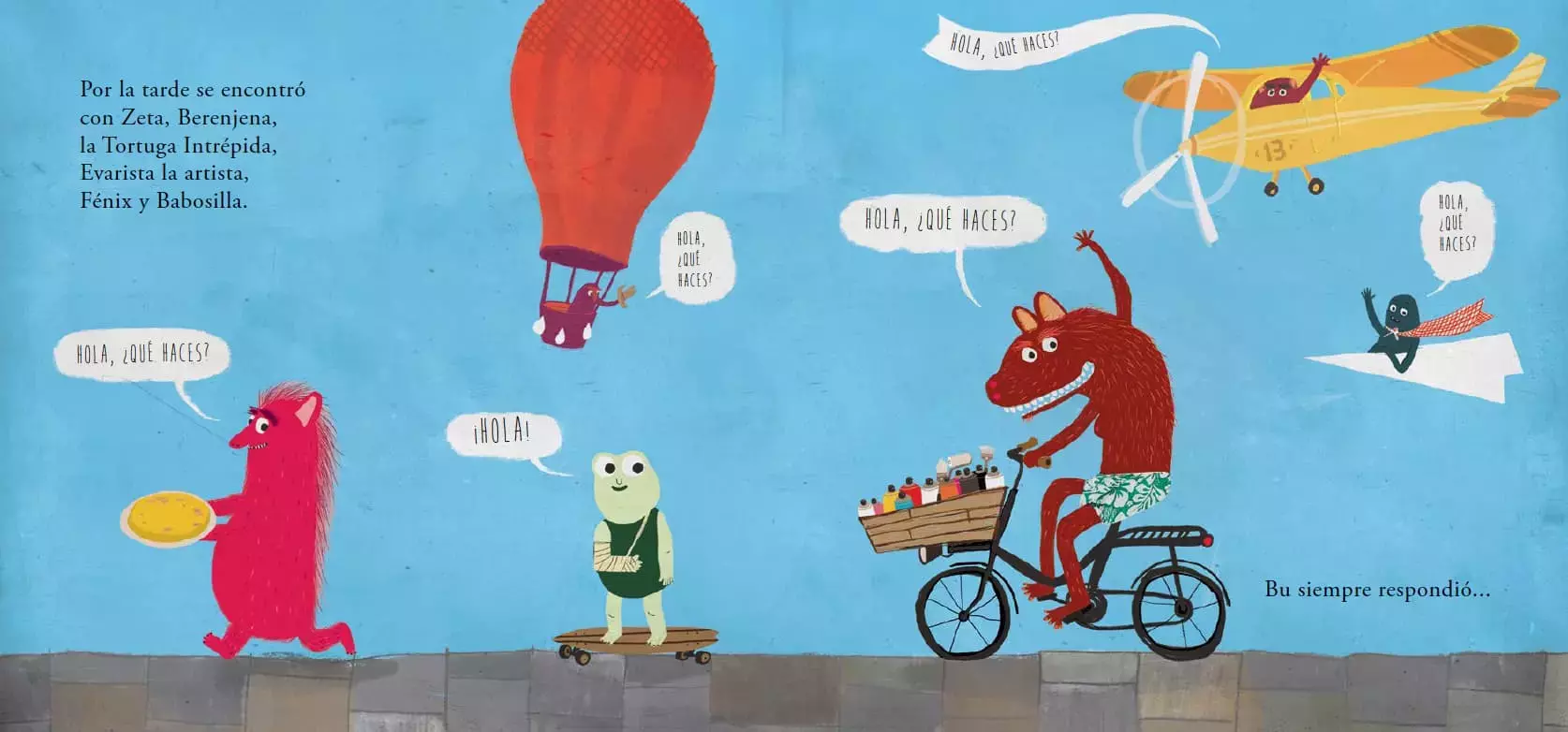
One of the things I love about Buscar is the repetitive, simple dialogue used throughout the book in question and answer format: “Hola, ¿que haces?” “Buscar.” The simple phrases and vocabulary are repeated throughout the story, helping children to build their language skills and reinforce what they have learned. This is especially helpful for young children who are just beginning to learn a new language. You can extend on the dialogue by replacing the verb “buscar” with the following verbs (my kiddo really likes acting the verbs out and this adds a further layer of kinesthetic learning!):
mirar = to look
correr = to run
escuchar = to listen
ladrar = to bark
cantar = to sing
saltar = to jump
comer = to eat
pescar = to fish
beber = to drink
In the final pages of the book, Olga de Dios brilliantly invites readers to draw their own creations. This is a wonderful way for children to display ownership of their own learning. For example, they can create their own character and even practice describing them in Spanish using the vocabulary words they’ve learned. You can ask them to look at Bu’s town and come up with other places or buildings they could add. For instance, there’s an airplane in one of the pictures but no airport. They could create a new scene with characters in the book. You can prompt this by asking what do you think Bu will do next now that he’s learned to look up and appreciate their surroundings?
Buscar by Olga de Dios is a great tool for teaching Spanish! By reading the book aloud, creating activities, and encouraging children to practice their Spanish skills, you can help them develop a love for reading and a deeper understanding of the Spanish language. ¡Feliz aprendizaje!
--
Karina Batchelor is a Latinx mama from the Magic City that runs on books and cafecito. Her haunts include her local leafy library, her homeschooling cooperative, the warm comfy nook near the window, and the theatre, where she works as a professional dramaturg.
